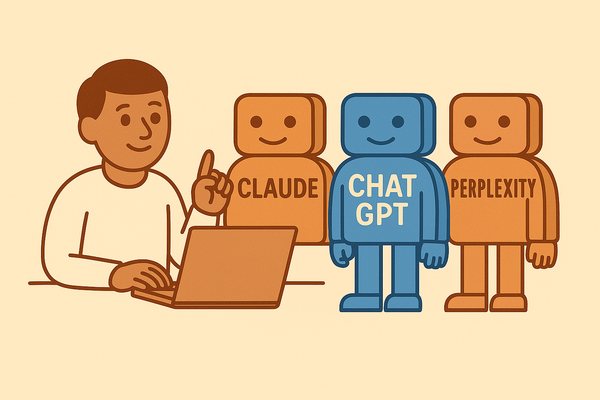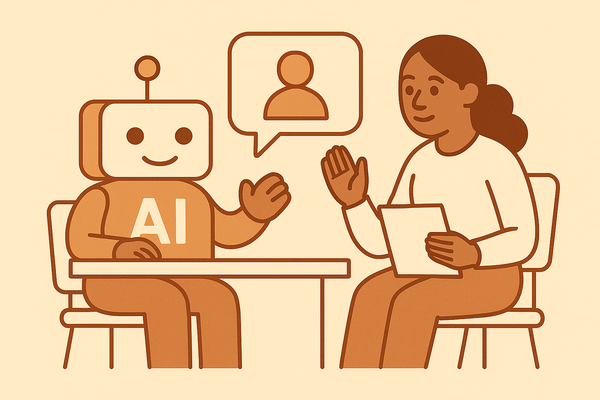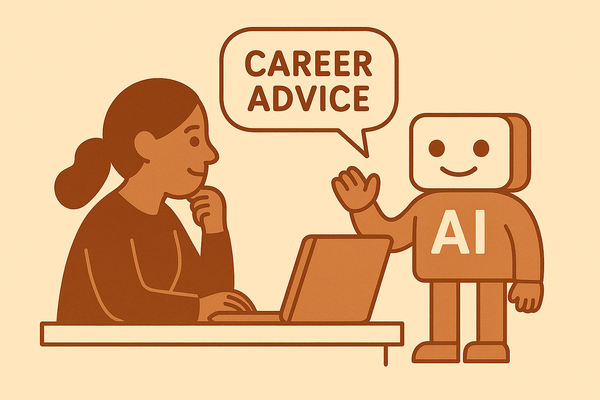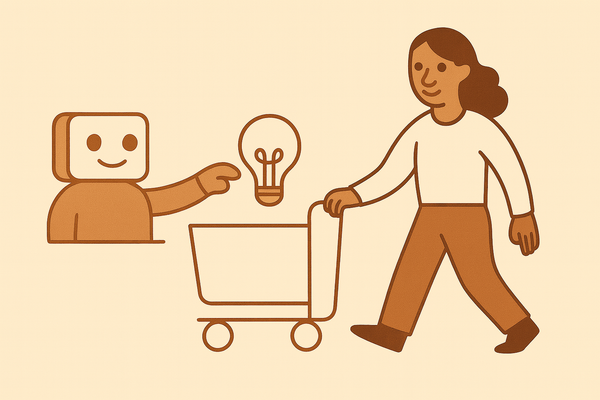AI Competencies Are Coming. Here's How to Prepare
How to assess your AI skills before your company does it for you.
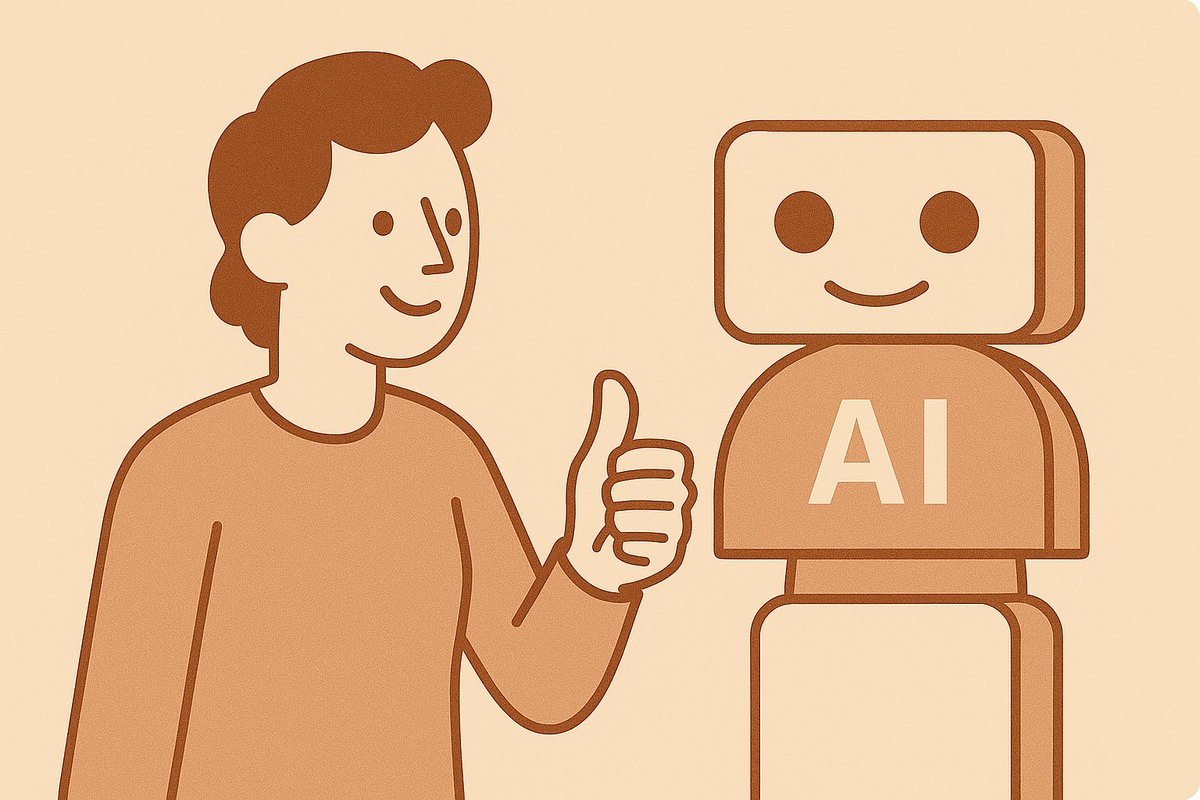
If you live on LinkedIn like I do, you probably saw a lot of chatter about AI fluency this week. If you actually have a life and didn’t, also cool. That’s why you have this newsletter. Let’s talk about it.
Wade Foster, CEO of Zapier, shared how his team now assesses “AI fluency” across every role in the company. They built a framework with four levels:
Unacceptable → Capable → Adoptive → Transformative
Here’s how they define each:
- Unacceptable: You’re resistant to AI tools and skeptical they’re worth anything
- Capable: You’re using popular tools, probably under 3 months of hands-on experience
- Adoptive: You’re embedding AI in your daily work, tuning prompts, chaining different tools together
- Transformative: You’re using AI to completely rethink how you approach problems and deliver value that wasn’t possible two years ago
They actually evaluate this in job interviews now. Which makes sense, but also feels like one of those moments where the thing you knew was coming suddenly becomes very real.
This Feels Different
In the last few months, we’ve already seen a number of CEOs talk about how AI is coming for your job, how everything is going to change. But this is the first time I’ve seen a company actually put numbers to it and say “here’s how we measure whether you’re keeping up.”
Seeing it written out like this really drives home how quickly this baseline is shifting for all of us. It’s not just “do you use ChatGPT sometimes” anymore.
The thing about AI as a skill is that it’s not like learning traditional tools. It’s more like learning to think differently about problems. And that’s harder to measure, which is probably why Zapier’s framework feels useful.
What This Actually Looks Like
To make this less abstract, here are two examples of what progression might look like:
Strategic Business Partner
- Capable: Uses ChatGPT to draft job descriptions faster. Tries it for summarizing meeting notes.
- Adoptive: Builds custom prompts that match company tone. Creates onboarding materials using AI tools.
- Transformative: Uses AI to spot patterns in manager feedback across departments. Partners with data teams to improve retention strategies.
Data Analyst
- Capable: Uses AI to explain complex metrics in simple language. Experiments with ChatGPT for data storytelling.
- Adoptive: Chains AI tools together to clean datasets faster. Creates automated dashboards with AI insights.
- Transformative: Builds AI-assisted models to predict retention risks. Creates tools that help executives simulate different people scenarios.
These aren’t perfect, but they give you an idea of what moving up levels actually means in practice.
Where You Probably Are
Most people I talk to are somewhere between capable and adoptive. They’re using ChatGPT or similar tools for basic tasks, maybe getting comfortable with prompting, but haven’t really embedded AI into their core workflow yet.
For me, as someone building a business while writing this newsletter and going to grad school, AI has become pretty essential. Not in a theoretical way, but in a very practical “I need to multiply what I can accomplish” way. I use AI to write faster, think through problems more thoroughly, experiment with different formats. It lets me keep moving forward on multiple projects without burning out.
That’s probably what “transformative” means for me. Using AI to extend my capacity, not just complete tasks faster.
Your situation is probably different, but the question is similar: How are you using AI to extend what you can do, not just do the same things more efficiently?
How to Figure Out Your Next Level
If you want to get specific about where you are and where to go next, here’s what I’d do:
- Take Zapier’s framework and ask yourself: where am I actually on this scale? Not where I want to be or where I think I should be, but where I honestly am right now.
- Then drop their framework into ChatGPT and ask it to adapt it for your role. Tell it what you do day to day, what tools you use, what problems you’re trying to solve. Ask it to show you what each level would look like for someone in your position.
- But make it yours. The generic version won’t be helpful. What does “capable” actually mean for what you do every day? What would “adoptive” look like in your workflow? How would “transformative” change your biggest challenges?
Don’t try to jump levels. If you’re at “capable,” focus on getting to “adoptive” first. I’ve noticed people get excited about the transformative stuff and skip the foundation work.
Why This Matters Now
Zapier is just the beginning. Other companies are probably already thinking this way internally, they just haven’t shared it publicly yet.
The baseline is shifting. Being AI-capable is becoming part of how people measure your effectiveness. It’s showing up in hiring conversations, promotion decisions, strategy discussions. Wade even said “The bar will keep rising.” Which feels right. What counts as “capable” today probably won’t be enough in six months.
Right now, AI feels like a separate skill to develop. But eventually it’ll just become how we do the work. Communication will include AI tools that adapt messages by audience. Analysis will mean faster loops powered by intelligent models. Leadership will involve AI assistants for scenario planning.
The “AI competency” will probably dissolve into every competency. That’s the shift we’re preparing for.
Most companies will probably follow some version of what Zapier is doing. Not exactly the same framework, but the same idea: measuring AI fluency as a core skill, not a nice-to-have.
The question isn’t whether this is coming to your workplace. It’s whether you’ll be ready when it does.

